Introduction Email: Tips and Template for a Great First Impression
An effective introduction email should include a concise subject line, a proper salutation, a clear self-introduction, the purpose of your email, and a call to action that encourages the recipient to respond. Keeping it brief and professional while ensuring clarity will help make a positive first impression.
Crafting the Perfect Introduction Email
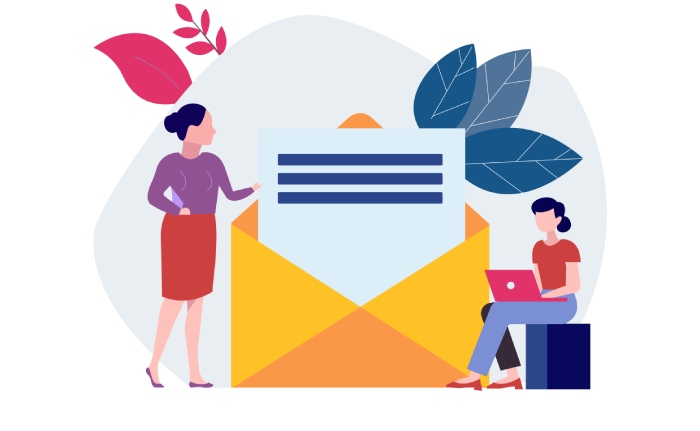
The essence of an introduction email lies in its clarity and purpose. A well-structured email can open doors, spark collaboration, or lay the groundwork for lasting professional relationships. Starting with a strong opening is crucial, as it sets the tone for the rest of your communication. A simple yet powerful salutation makes a difference—opt for “Dear ” for formal introductions or “Hi ” in more relaxed settings. This choice not only reflects your respect for the recipient but also hints at the nature of your relationship.
Transitioning smoothly into your identity is key to building rapport.
Start With A Strong Opening
After your greeting, introduce yourself succinctly. Include your name, role, and a brief mention of your connection or purpose for writing. For instance, consider something like this: “My name is Alex Chen, a Project Manager at Fintech Solutions.” Doing this not only conveys who you are but also contextualizes your outreach right from the start.
Now that you’re acquainted, it’s vital to get to the point clearly.
Brief Introduction
As you dive into the body of the email, articulating your purpose becomes essential. Avoid circular language or vague statements. Instead, be straightforward. For instance, saying, “I’m reaching out to explore potential synergies between our teams,” conveys intent directly without unnecessary embellishments. Recipients appreciate brevity and directness as it showcases respect for their time.
But stating your intentions is just part of your endeavor; following through appropriately keeps momentum going.
State The Purpose Clearly
Clearly communicate what you hope to achieve with your email. Rather than wondering if they understood your ask, reinforce it with clarity. Using action-oriented phrases like “I would love to set up a meeting next week” or “Can we schedule a call to elaborate on this further?” encourages engagement and paves the way for a productive response.
Finally, conclude things thoughtfully to drive home your intention.
Conclude With A Call To Action
Wrapping up your email with an effective call to action invites interaction and reflects eagerness. Phrases such as “Could we connect next Tuesday?” or “Let me know when you’re available for a quick chat” maintain the conversational flow while encouraging a reply. Keep in mind that fostering dialogue is an art; encourage them to engage by asking an open-ended question whenever possible.
Having explored the essentials of crafting an introductory email, we now turn our attention to the pivotal element that determines whether your message stands out—the subject line you choose.

Writing an Effective Subject Line
The subject line of your email acts like the cover of a book—it’s the first thing people see, determining whether your email gets opened or tossed aside. Therefore, crafting a compelling yet concise subject line is essential. You want to create excitement and curiosity without overwhelming your recipient with overly complex phrases or vague terms. Think of it as your email’s first impression; you only get one shot at it.
Importance of Relevance
To effectively grab attention, specificity matters. Utilizing clear and relevant keywords helps establish the context of your message immediately.
For example, instead of a generic greeting like “Hello,” you might use “Meeting Request for New Marketing Strategy.” This informs the recipient what to expect and reflects professionalism. Imagine receiving an email titled “Follow-up” compared to “Follow-Up on Our Last Discussion About Collaboration”; the latter clearly states the content and urgency, prompting a more immediate response.
Make It Attractive
Adding an element of urgency or curiosity can make your subject line more attractive. Phrases like “Quick Question About Your Latest Project” or “Opportunity to Enhance Your Marketing Strategy” pique interest and encourage the recipient to open the email.
However, it’s important to strike a balance; you don’t want to come across as pushy. Instead, try to convey importance while maintaining a tone that invites dialogue. This approach sets the groundwork for a constructive interaction right from the start.
Now that we’ve covered how to craft an attention-grabbing subject line, let’s explore how to establish a tone that resonates with your audience and enhances your introductory email’s effectiveness.
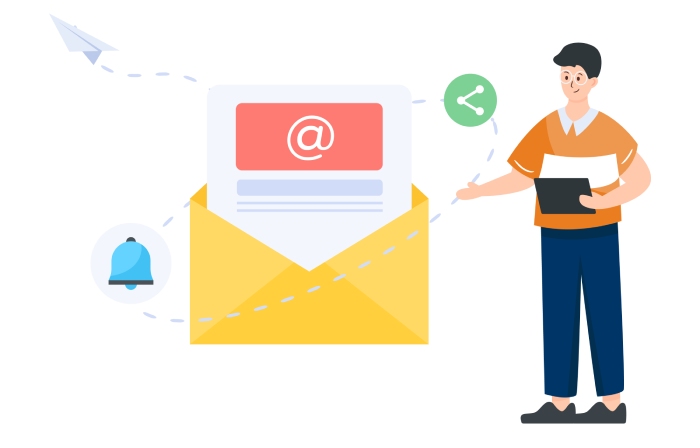
Setting a Professional Tone
The tone of your email can have a profound impact on the recipient’s perception of you and your message. In professional settings, maintaining respect and formality is essential. Using clear, straightforward language not only conveys your ideas effectively but also reflects the seriousness of your communication. For instance, instead of using casual phrases like “Thanks a lot!”, it’s more suitable to say “Thank you for your time.” Such subtle differences might seem trivial, but they can significantly alter the impression you create.
Consistency is Key
It’s vital to keep the same level of professionalism throughout your email. A consistent tone builds credibility and reliability. Imagine receiving an email that begins with a formal greeting but quickly shifts to a casual tone—this inconsistency may lead to confusion or misinterpretation about your intentions. Aim for cohesion by aligning your language and style with the message’s purpose and the recipient’s expectations. This approach ensures they view you as trustworthy and respectful.
While formality is crucial, personalizing your message adds a special touch that makes it memorable.
Personal touches in emails not only humanize the communication but also engage the receiver more deeply. Including a compliment or mentioning common interests can foster rapport and break down barriers. It could be as simple as expressing admiration for their recent project or acknowledging mutual connections. However, ensure that this personalization does not detract from professionalism; rather, it should enhance it by showing genuine interest and fostering connection.
Remember, striking the right balance between professionalism and personal warmth can set you apart in today’s fast-paced business environment.
Clarity is paramount; avoid jargon or complex constructions that might confuse the reader. Keeping your tone professional yet approachable encourages responses and facilitates ongoing dialogue. By maintaining professionalism in both your language and structure while adding personalized elements, you effectively set the stage for successful future interactions.
Now that we’ve established how to maintain an appropriate tone in your communications, let’s explore how to tailor your messages to resonate even more with your audience.

Personalizing Your Message
Adding a personal touch makes your email stand out, turning a basic communication into something memorable. This could be as simple as referencing recent work or shared connections, which builds rapport instantly. For example, you might say, “I enjoyed your article on digital marketing in the latest issue of Marketing Today.” This tactic not only shows you’re engaged but also creates common ground upon which to build your conversation.
Include Personal Interests
When appropriate, mentioning common interests can deepen this connection. Imagine including a line such as, “As a fellow alumnus of Stanford University, I admire your achievements in the tech industry.” This not only personalizes your email but also establishes a sense of camaraderie. It makes the recipient feel valued and recognized, fostering a more receptive atmosphere for your request or inquiry.
John Miller, an experienced recruiter, emphasizes this point: “Personal touches show you did your research but also add a layer of familiarity to cold emails.” When you incorporate these subtleties, it’s as though you’re reaching across a virtual gap—a gesture that often prompts responses.
While personal touches are essential for engagement, they must align with other critical components that define effective communication. With that in mind, let’s shift our focus to explore foundational aspects that ensure your introduction resonates well.
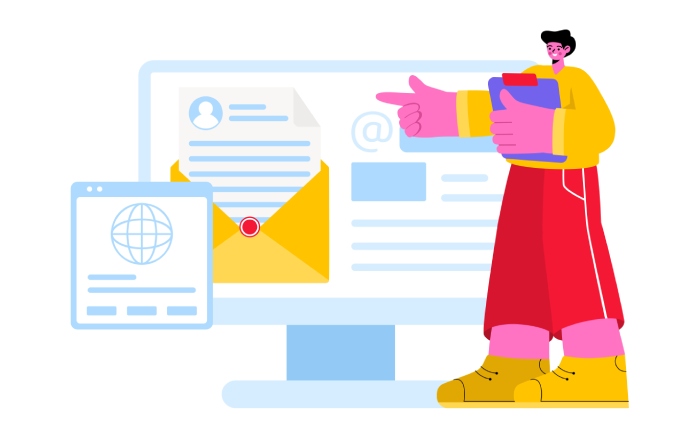
Key Elements to Include
When crafting an introduction email, it’s essential to weave together several vital components that present you effectively and compel the recipient to engage. Each element serves a purpose, creating a cohesive narrative that drives communication forward.
Greeting
The greeting is your first opportunity to set the tone for your email. Using the recipient’s name is crucial—most people appreciate a personalized touch. Addressing someone as “Dear Mr. Johnson” or simply “Hi Jane” creates a warm and inviting atmosphere. A friendly greeting can transform a formal message into a collaborative conversation right from the start.
Introduction
Following your greeting, introduce yourself succinctly. This isn’t just about stating your name or role; it’s about establishing context. For instance, saying “I’m Jane Doe, the new marketing manager at ABC Corp.” helps the recipient understand who you are and how you relate to them or their interests. Consider including a brief sentence on where you connected or why you’re reaching out if relevant.
Purpose of Email
Next, state your purpose clearly and concisely. You might want to say, “I’m reaching out to explore potential collaboration opportunities.” This direct approach ensures your reader knows what to expect and reduces ambiguity surrounding your intentions. Remember, clarity is essential in maintaining interest.
Call to Action
After sharing your purpose, include a call to action (CTA). This is where you guide the recipient toward the next steps you wish them to take. Asking for a meeting, requesting feedback, or suggesting a phone call makes it easy for them to respond and continue the conversation. A well-phrased CTA, such as “Could we schedule a 20-minute call next week?” takes initiative while remaining courteous.
Signature
Lastly, conclude with a clear signature that includes your full name, job title, and relevant contact information. It’s remarkable how often people forget this part! Including links like LinkedIn can provide additional avenues for connection. Your signature reinforces professionalism and accessibility after conveying all your points.
By applying these foundational elements in your introduction emails, you pave the way for effective dialogue and relationship building. This sets the stage for examining real-world examples that demonstrate these principles in action.
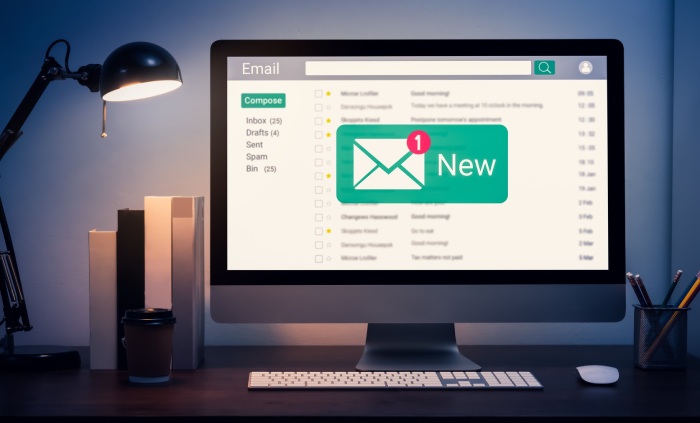
Examples of Successful Introduction Emails
Real-world examples demonstrate how to weave all the elements of a great introductory email into a cohesive message. For instance, consider a networking email.
Let’s say you receive an email with the subject line: “Introduction from Jane Doe at ABC Corp.” In the body, Jane writes:
“Dear Mr. Smith,
My name is Jane Doe, currently working as a Financial Analyst at ABC Corp. I’m reaching out to discuss potential investment opportunities that could benefit our firms. Could we schedule a call next week to explore this further? Looking forward to your response.
Best regards,
Jane Doe
Financial Analyst, ABC Corp
(123) 456-7890.”
Here, Jane introduces herself concisely and makes her purpose clear right away: she wants to talk about investment opportunities.
Another compelling example comes from client acquisition emails. Picture Sarah Lee’s email starting with “Subject: Enhancing Your Digital Marketing Strategy.” By saying:
“Hi John,
I’m Sarah Lee, a Marketing Coordinator at XYZ Corp,”
she immediately identifies herself and her position, establishing credibility. She continues:
“I recently read your article on innovative digital strategies and thought you might be interested in some of our services. Could we schedule a meeting to discuss potential collaborations?”
This approach not only shows that she has done her homework but also invites conversation without being pushy.
These examples underline the importance of tone and relevance in your subject line. Notice how both emails keep it straightforward yet engaging; that’s essential for capturing attention right away. The structural elements like salutation, body text, and signature round out these effective communications because they create an inviting atmosphere for responses.
Ultimately, while structural elements are vital, what sets successful examples apart is their ability to connect emotionally and professionally with the recipient.
As you craft your own introduction emails, remember that clarity and connection are key. These principles will help you make a lasting first impression in any professional setting.
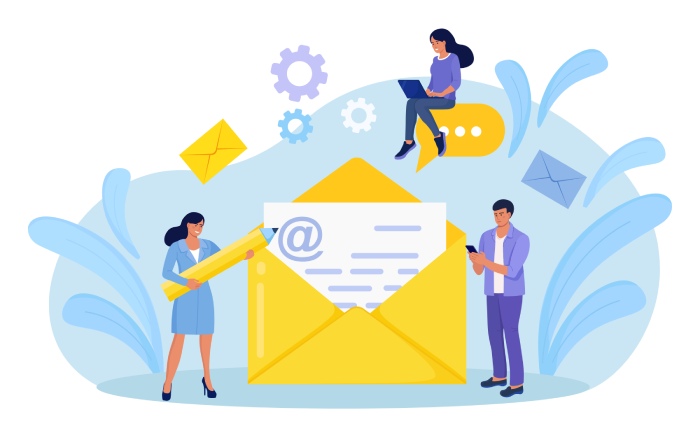
Are there specific etiquette rules to follow when sending an introduction email?
Yes, there are specific etiquette rules to follow when sending an introduction email, such as using a clear subject line, addressing the recipient properly, keeping the content concise and relevant, and avoiding overly casual language. According to research, 70% of people judge a business email by its subject line alone, highlighting the importance of clarity and professionalism in your approach. Additionally, always proofread your email for grammar and spelling errors before hitting send, as mistakes can undermine your credibility.
How can I make my introduction email stand out?
To make your introduction email stand out, personalize your message by addressing the recipient by name and referencing a common connection or interest. According to studies, emails with personalized subject lines are 26% more likely to be opened. Additionally, keep your tone conversational and engaging while clearly stating your purpose and what value you bring to the table. A well-crafted introduction that showcases genuine enthusiasm can leave a lasting impression and increase your chances of a positive response. Using Nureply, you can automate and personalize your outreach to enhance engagement and boost response rates.
What is the proper tone for a business introduction email?
The proper tone for a business introduction email should be professional yet approachable, striking a balance between formality and friendliness. This tone fosters a positive first impression, making the recipient more likely to engage with your message. Research indicates that emails with a warm tone are 20% more likely to receive responses compared to those that are overly formal. Using polite language, expressing enthusiasm, and tailoring your message to the recipient’s interests can significantly enhance the likelihood of establishing a good rapport from the outset.
What should be included in a professional introduction email?
A professional introduction email should include a clear subject line, a brief self-introduction highlighting your relevant background or expertise, the purpose of your email, and a courteous closing with your contact information. Research shows that emails with concise subject lines have a 20% higher open rate, making it essential to capture attention immediately. Additionally, personalizing your message can increase engagement, as studies indicate that personalized emails significantly improve response rates.
How do I introduce myself effectively in an email?
To introduce yourself effectively in an email, start with a clear subject line that captures attention, followed by a warm greeting. In the opening sentence, state your name and a brief context about your role or purpose of writing. Keep your introduction concise; research shows that emails with short introductions have a 60% higher engagement rate. Use a friendly tone and express enthusiasm to foster a positive first impression, ensuring to include how you can add value or relate to the recipient.


